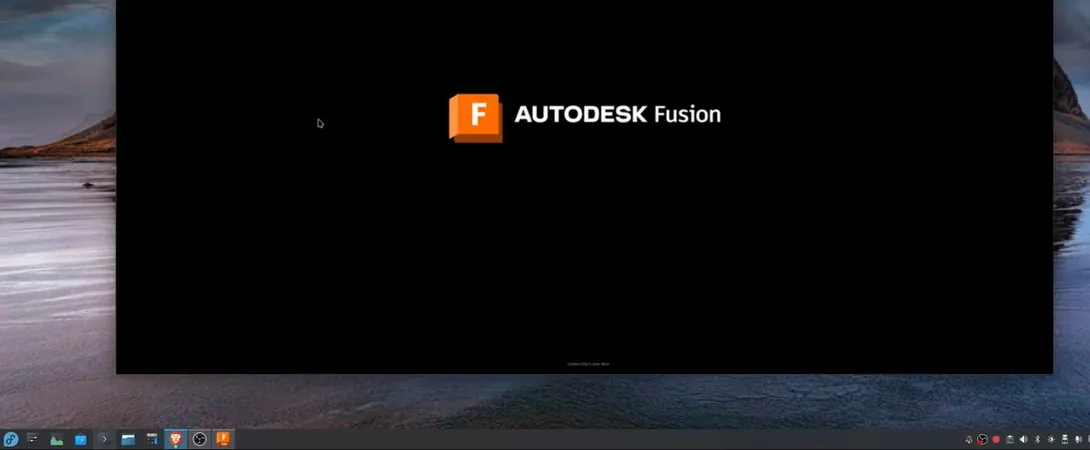
Groundbreaking Research Reveals Secrets of Cys-loop Receptors and Their Role in Drug Design!
2024-12-09
Author: Li
Introduction
A pioneering study conducted by researchers from the University of Illinois has unveiled a critical component integral to signal transduction in Cys-loop receptors—a significant breakthrough that sheds light on a long-standing enigma in the world of ion-channel physiology. The results are featured in the prestigious journal Science Advances.
Understanding Cys-loop Receptors
Cys-loop receptors are a class of ligand-gated ion channels, characterized by their two interconnected domains: an extracellular top domain and a bottom domain embedded in the cell membrane. The mechanism is straightforward: when a small molecule binds to the top domain, it instructs the bottom domain to open, facilitating the flow of ions across the membrane.
The Challenge of Communication
Despite extensive research, the precise mechanism by which these two domains communicate has puzzled scientists. Specifically, the question remains: how does the bottom domain detect that the top domain has engaged with a ligand?
Innovative Approach by the Research Team
To tackle this challenge, researchers from Claudio Grosman’s lab in the Department of Molecular & Integrative Physiology took a unique angle. While many in the field traditionally focus on the interfacial region—the junction where the two domains meet—the Illinois team initiated their research here, employing loss-of-function mutations. Astonishingly, they discovered that the distance between these domains plays a pivotal role in effective signal transduction.
Revisiting Historical Beliefs
Historically, it was believed that disruptions in the interfacial region could halt communication between the domains. However, Grosman’s team found that even with extensive mutations in this area, signal transduction could still occur—a revelation that complicates existing theories.
Insights from Experimental Research
Postdoctoral researcher Nicole Godellas, who holds both a BS and Ph.D. from the University of Illinois, meticulously examined various mutations that caused the channel to become "electrically silent." She explained, “When a channel is electrically silent, it indicates that the channel is present on the cell, but we do not observe ion passage.”
Through experimentation with mutations that lengthened the linker region, Godellas and her colleagues determined that this alteration impaired communication between the domains. It’s akin to a child's playtable: if a thick book is placed between a magnet and the sand, the effect diminishes. Similarly, the mutations created a physical barrier that disrupted the interaction of the Cys-loop receptor's domains, rendering the channel non-functional.
Further Investigations
Using a competition ligand-binding assay, Godellas further identified that the linker region has a limited capacity for amino acid insertion or deletion, providing insight into the evolutionary constraints on its length.
Future Research Directions
Looking ahead, the research team aims to investigate the structural implications of these linker mutations, which may unlock further understanding of the limitations associated with signal transduction.
Impact on Drug Design
With their ongoing research on Cys-loop receptors, the Grosman lab is positioned at the forefront of groundbreaking discoveries vital for developing targeted therapeutic drugs for a plethora of conditions, including inflammatory, neurological, motor, and psychiatric disorders.
Godellas stated, “We're delving into the mechanistic and molecular roles of these membrane receptors. Our findings will equip medicinal chemists with the insights they need to design safer and more effective drugs." This essential research not only deepens the understanding of ion-channels but also paves the way for innovations in rational drug design that could transform treatment modalities across various medical fields.
Conclusion
Stay tuned for updates from this exciting research, as it promises to reshape our understanding of pharmacology and therapeutic advancements!



 Brasil (PT)
Brasil (PT)
 Canada (EN)
Canada (EN)
 Chile (ES)
Chile (ES)
 España (ES)
España (ES)
 France (FR)
France (FR)
 Hong Kong (EN)
Hong Kong (EN)
 Italia (IT)
Italia (IT)
 日本 (JA)
日本 (JA)
 Magyarország (HU)
Magyarország (HU)
 Norge (NO)
Norge (NO)
 Polska (PL)
Polska (PL)
 Schweiz (DE)
Schweiz (DE)
 Singapore (EN)
Singapore (EN)
 Sverige (SV)
Sverige (SV)
 Suomi (FI)
Suomi (FI)
 Türkiye (TR)
Türkiye (TR)